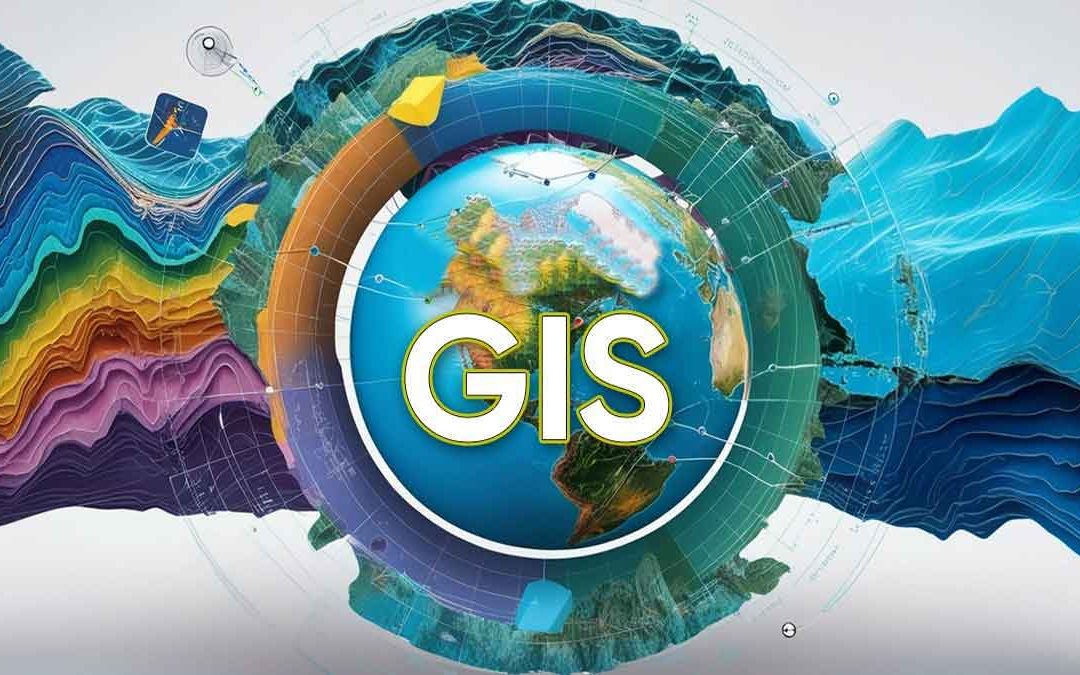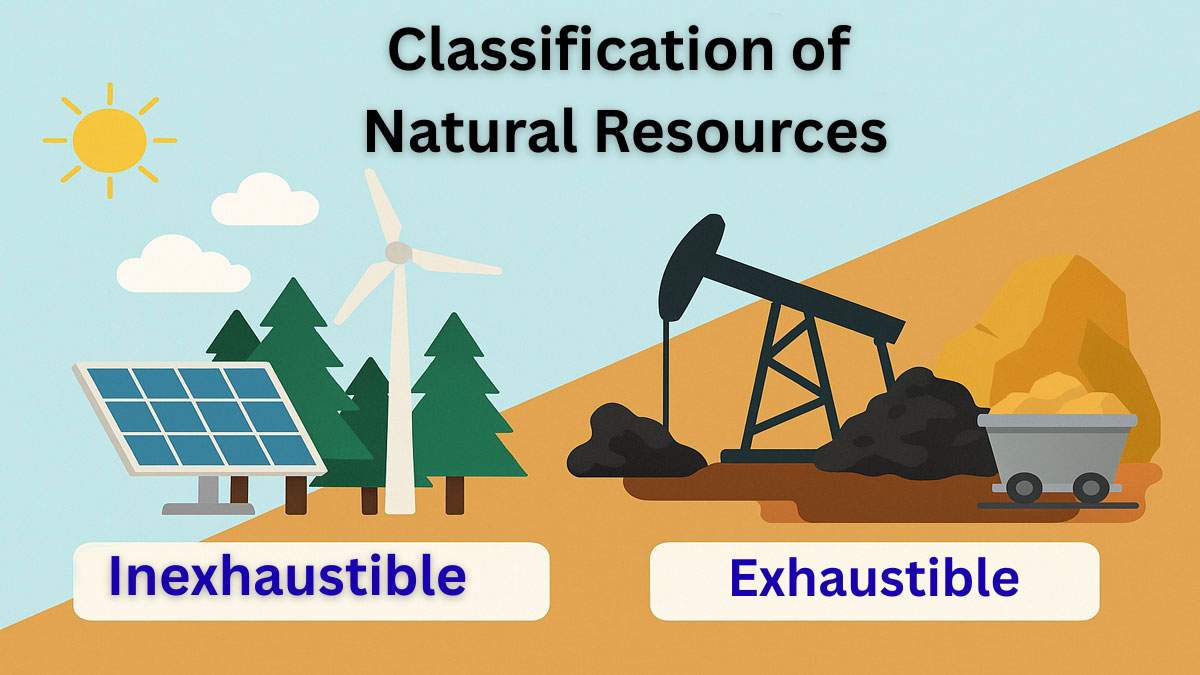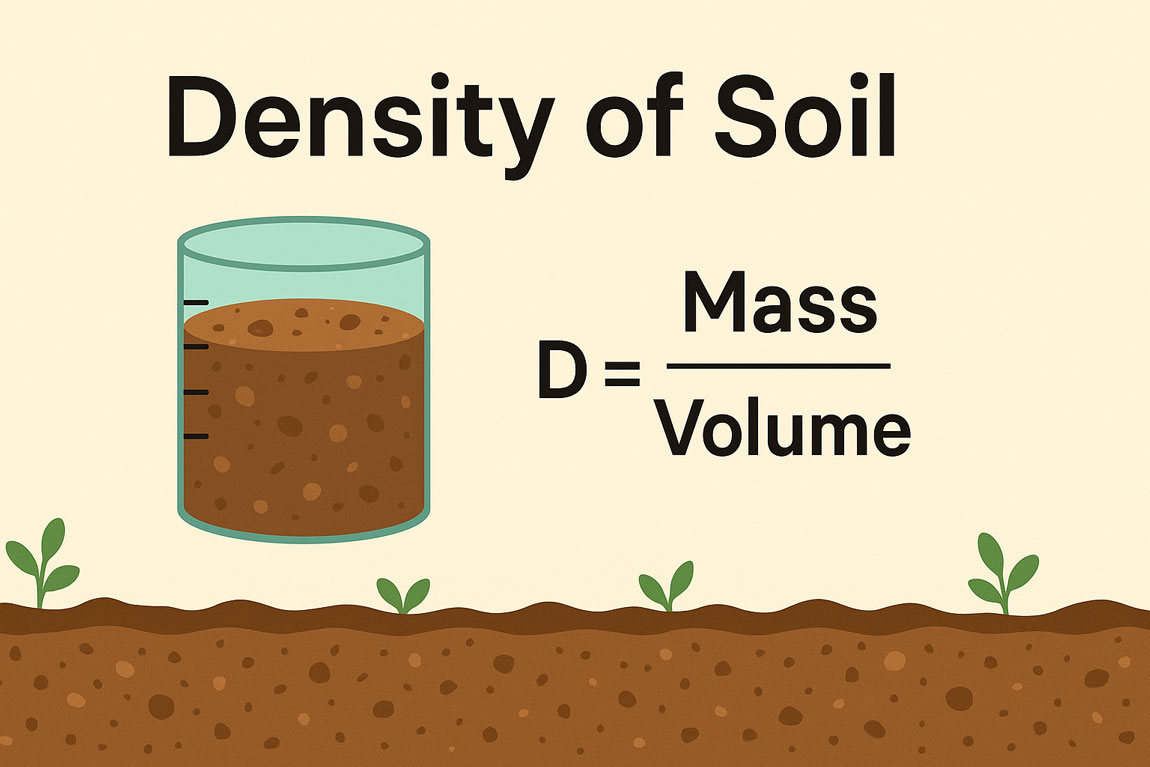What is a Geographic Information System (GIS)?
A Geographic Information System (GIS) captures, stores, manipulates, analyzes, manages, and presents spatial or geographic data. This system integrates, stores, edits, analyzes, shares, and displays geographic information.
Users apply GIS applications to create interactive queries, analyze spatial information, edit data in maps, and present the results of these operations. Various industries—including engineering, planning, management, transport/logistics, insurance, telecommunications, and business—use GIS in a wide range of operations.
Some characteristics of Geographic Information System (GIS):
- The Create-a-Map Wizard allows users to easily create presentation-ready maps using their own data or the default maps.
- The Display Manager allows a map to be customized on the fly.
- User-defined preferences for map units, left/right side-of-road routing, file permissions, geocoding parameters, and many other settings.
- Toolbox and mouse-based map navigation is supported and includes panning, zooming, and magnifying.
- Map bookmark management allows the retrieval of custom map views.
- Multi-layer map feature query tools allow direct interrogation of spatial locations.
- A map librarian/ manager allows the organization of various saved maps and comes with a library of pre-styled demographic maps.
- Geographic database layering controls allow customization of layer visibility and drawing order.
- Multiple maps can be opened simultaneously and duplicated, combined, synchronized, tiled, cascaded, and minimized/maximized.
- There is explicit map scale control, including undo.
- Layer autoscaling allows customization of the scale at which layers are visible.
- An interactive map overview window provides perspective as the user works and the ability to zoom anywhere in the study region.
Major Application of Geographic Information System (GIS):
Problems that involve an aspect of location, either in the information used to solve them or in the solutions themselves, are termed geographic problems. GIS technology is the most efficient way to solve these problems. GIS’s outcome provides greater detail and a wider range of possible analysis than first anticipated.
A wholly environmentally related request can be presented with additional detail for the use. Some common examples are –
1. Healthcare managers solve geographic problems (and may create others) when they decide where to locate new clinics and hospitals.
2. Delivery companies solve geographic problems when they decide the routes and vehicles, often on a daily basis.
3. Transportation authorities solve geographic problems when they select routes for new highways.
4. Geodemographic consultants solve geographic problems when they assess and recommend where best to site retail outlets.






